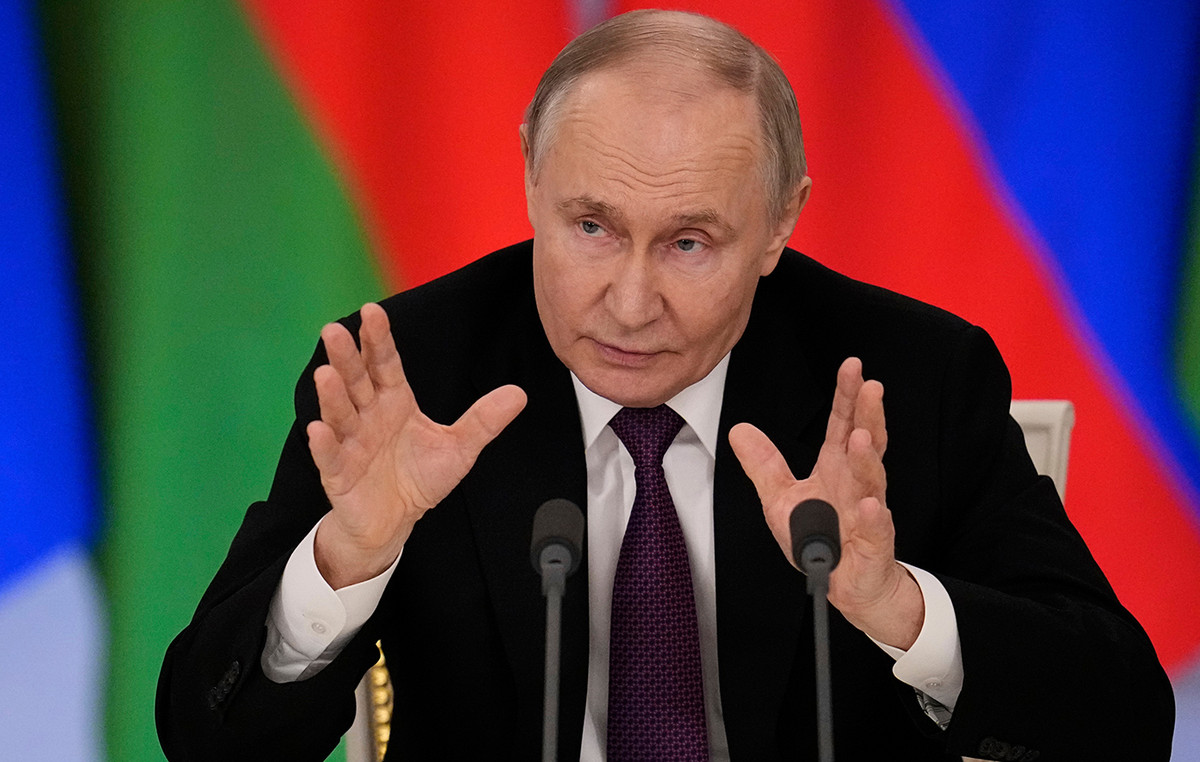Since Queen Elizabeth II assumed the British throne in 1952, 14 people have held the position of Prime Minister of the United Kingdom. Of these, ten were members of the Conservative Party, nine of whom resigned from the post, including Boris Johnson – who announced his resignation this Thursday (7).
On Wednesday (6), in the face of the collective stampede of high-ranking government officials, Johnson even said he would not resign. However, the next morning, he made it official that he would step down.
“The reason I fought so hard is because I felt it was my duty. I am immensely proud of my achievements,” he declared during his resignation speech.
In the opinion of the analyst of Internacional da CNN Lourival Sant’Anna, the conservative’s insistence on staying in power, even after scandals, is related to his personality. “This is his profile: fighting to the end. He is not so concerned about reputation, legacy, because his constituency, the people who follow him, are not so concerned about that either. They follow because they consider him authentic, that he says what he thinks and they don’t demand as much consistency from him.”
The final controversy that pressured the prime minister’s departure was the revelation that Chris Pincher was appointed to the government even though Johnson was aware of previous allegations of sexual misconduct involving him.
Under the rules of the British electoral system, the prime minister could remain in power for up to five years. However, many British heads of government fail to meet the term limit, due to attrition in their governments, as happened with Boris Johnson.
“When he [primeiro-ministro] becomes unpopular, the prime minister’s own party withdraws support and appoints a new or new leader to increase the chances of winning the next elections”, explains Sant’Anna.
Although resignations are part of the UK’s political dynamics, Federal University of Sergipe (UFS) professor of International Relations Barbara Motta explains that Johnson’s situation is different from what has happened to some of the other recent leaders.
“Boris Johnson’s departure is marked by issues that are beyond the meanders, beyond the difficulties of the political agenda. Of course, there are other political issues behind this exit as well: high inflation in the UK, some issues linked to rising inequality, the very management of the pandemic,” he explains.
However, according to her, the main reasons would be linked to issues of “ethical order”, such as Johnson’s participation in parties during the lockdown in the United Kingdom and the recent appointment of Pincher.
Faced with the departure of Boris Johnson, remember who were the other conservative prime ministers who headed the government during the reign of Queen Elizabeth II:
Winston Churchill (resigned 1955)
The statesman, writer and orator Winston Churchill led the British government for two terms: from 1940 to 1945 and from 1951 to 1955. In 1945, he lost the general election to Labor leader Clement Attlee. In the second term, he resigned due to his health condition. Born in 1874, Churchill was awarded the Nobel Prize for Literature in 1953.
Anthony Eden (resigned in 1957)
Anthony Eden was born in 1897 and took over as prime minister in 1955, aged 57. Two years into his term, however, he was forced to resign for an unsuccessful management of the crisis involving the Suez Canal, located in Egypt.
Harold Macmillan (resigned in 1963)
When he took office, Harold Macmillan did not believe he would be able to restore the stability of the ruling party. Despite this, he remained prime minister for seven years, increasing the Conservative Party’s majority in the 1959 general election. Although the early years were promising, in 1963 – following economic troubles, ministerial resignations and other scandals – Macmillan resigned.
Alec Douglas-Home (terminated in 1964)
Assuming leadership of the Conservative Party and the British government following the resignation of Harold Macmillan, Douglas-Home’s term was the nation’s second-shortest in the 20th century. The Conservative ruled for 363 days and lost the 1964 election to Labor Harold. Wilson.
Edward Heath (resigned in 1974)
Edward Heath was born in 1916 in Broadstairs, Kent. He was elected leader of the Conservative Party in 1965 and became Prime Minister in 1970. During his rule, unemployment rates rose in the UK and unions gained strength in British territory, creating a political landscape of instability. Heath resigned in March 1974.
Margaret Thatcher (resigned in 1990)
Known as the “Iron Lady”, Margaret Thatcher was elected prime minister in 1979. Thatcher was the first woman to assume the position. In 1975 she surpassed Edward Heath and became leader of the Conservative Party. So when the party won the 1979 general election, Thatcher replaced then-President James Callaghan.
His resignation from the leadership of the party, and hence from the prime minister’s chair, took place in November 1990, shortly after the resignation of his foreign secretary, Sir Geoffrey Howe.
John Major (resigned in 1997)
With Thatcher’s resignation, John Major won the party’s election and became Conservative leader. In 1992, the Conservative Party again won the general election and Major remained prime minister. However, the combination of economic problems in the United Kingdom and internal conflicts in the Conservative Party led to the Prime Minister’s resignation in May 1997.
David Cameron (resigned in 2016)
After the term of two Labor Party representatives, David Cameron became prime minister in 2010, heading Britain’s first coalition government in nearly 70 years. In 2015, he managed to get re-elected as Conservative leader.
One of the highlights of his time as prime minister was the approval of same-sex marriage in 2013. Another important point in his trajectory –which culminated in his resignation– was the defense for the United Kingdom to remain a member of the European Union (EU ).
When the British population chose to leave the bloc in 2016, Cameron resigned as prime minister and leader of the Conservative Party. A few months later, he also left his seat as a Member of Parliament.
Theresa May (resigned in 2019)
The second woman elected prime minister of the United Kingdom, Theresa May, assumed the chair in 2016. May arrived with the responsibility of leading the process of withdrawing the United Kingdom from the European Union. It was precisely the difficulties surrounding the implementation of Brexit that forced May to resign in 2019.
Source: CNN Brasil
I’m James Harper, a highly experienced and accomplished news writer for World Stock Market. I have been writing in the Politics section of the website for over five years, providing readers with up-to-date and insightful information about current events in politics. My work is widely read and respected by many industry professionals as well as laymen.







